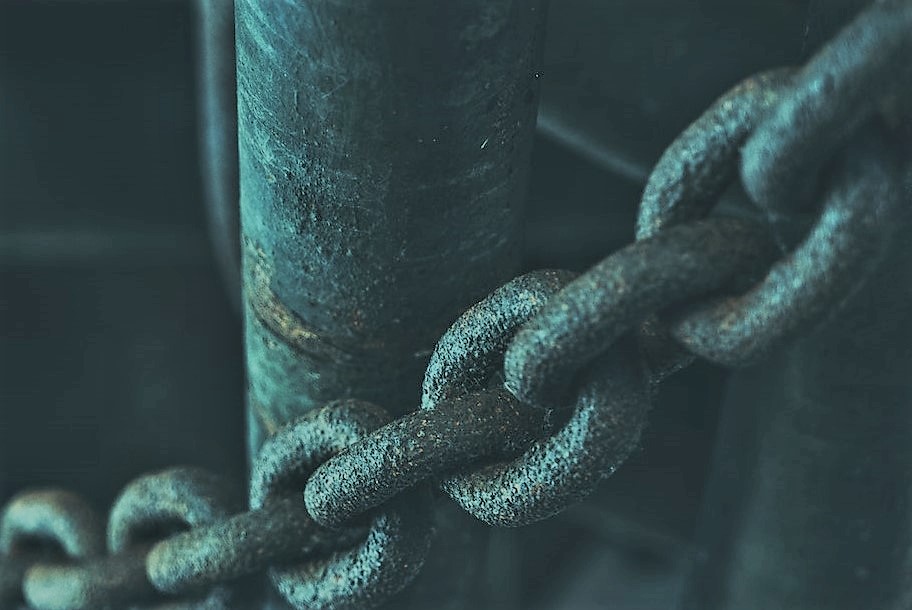
Blog: Playing their part: How the 'good' behaviour is part of abuse
Note: A number of blogs and articles have been included on Leap21 to provide a glimpse into important ideas and discussions taking place with respect to sexual violence. This Article was posted by Bri, an advocate with Love is Respect.
“He’s really a great guy, though.”
“I know this isn’t okay, but she’s made me feel so special, and I just love her so much.”
“They were so loving and sweet, and the good times are the best I’ve ever had.”
We often hear people say these kinds of things. Many of them struggle to understand why their partners, who were once so kind and loving, now treat them in hurtful and abusive ways. It can be so confusing because the abuse isn’t happening constantly. Most partners aren’t abusive all the time, so it makes sense to think they could go back to being that “kind and loving” person and stay there. In most of these relationships, though, when a partner acts nice, it’s really just that: an act. Thinking about their behavior in this way can be helpful by allowing you the space to prioritize your safety and well-being.
Act I: Auditioning for the Role
How Abusive Partners Start Relationships
Many abusive people are really charming, especially at the beginning of a relationship and in the first stages of dating. You might begin to feel like they understand you better than anyone else and can treat you better because of it. Under these conditions, it would be hard for anyone not to become really attached and develop strong feelings of love unlike anything they’ve felt in the past. We also hear from a lot of survivors of abuse that their relationship moved faster than they were comfortable with because their abusive partner “swept them off their feet.” There are two sides to this coin, though. Being treated in new ways can be a really great thing, but it also means not knowing what to expect or how to respond to new behavior. Abusive and controlling partners will slowly start to choose unhealthy and then abusive behaviors. It becomes difficult to identify whether what’s happening is healthy, and it’s easier to excuse this behaviorsince you’re focused on how different and great things had been until now.
Act II: Putting on the Show
How Abusive Partners Maintain the Control They’ve Taken
Just as their initial charm was a part of their act, so are the times when they return to that good behavior. When the unhealthy or abusive behavior begins to escalate, you may have a gut instinct that something isn’t right, even if it’s hard to figure out why. But, it can be tough to trust that instinct, especially after seeing how they acted in the beginning of the relationship. Abusive partners acknowledge this instinct, and that’s one reason why abusive relationships usually don’t start out with abuse. The escalation tends to happen over time after they have shown you their charming act.
However, that doesn’t mean the escalation of abusive behavior is predictable. The phrase “cycle of abuse” isn’t entirely accurate because it implies patterns and levels that can be measured or predicted. You might want to know how bad is “too bad” and where you should draw the line, but that’s not a question anyone else can answer for you. Since abusive behavior is a choice, it happens when that person chooses it, which isn’t something you can predict. The loving, kind, sweet act they put on for you is a primary tactic they use to maintain the control they’ve taken. Moving back and forth between the good and bad behavior is an intentional manipulation tactic that plays upon your desire for them to return to the good behavior. You may find yourself questioning your own actions, especially if they blame you for their abusive behaviors because clearly, they can choose to behave lovingly. But it’s important to recognize that their minimizing and excuses for the behavior are part of the abuse, too. If they were abusive all the time, you might be more likely to leave or seek help sooner, since you wouldn’t be reminded of how it used to be.
Act III: The Audience Response
What Others Say About the Abuser
Another aspect of the abuser’s performance that makes it really difficult to see things clearly is that their partners are usually, though not always, the only ones who get to see both of the parts they play. People with controlling, unhealthy and abusive attitudes know their behavior is not okay. That’s why they don’t show it to most of the people in their lives or treat others with the same level of abuse. This can add to a victim’s confusion. When everyone else is saying how great they are and admiring their charming behavior, it might validate the hope that the good behavior is the “real” person. It can be incredibly hard to trust your instincts if you think you’re the only person worried that something isn’t right, or like you’re the one causing the abuse.
An additional complication is the fact that gaslighting is one of the most common and effective abuse tactics. With this tactic, an abuser actively tries to make their victim question reality or if what they believe is actually true. If you’re constantly questioning your reality or your partner’s behavior, one helpful thing to do is to keep a journal (but only if it’s safe for you to do so, and you’re able to keep it in a place your abusive partner does not have access to).
With all of these layers, it’s understandable that someone would focus on the good and ignore the bad. However, no one should ever have to experience hurtful or abusive behavior for any reason. Everyone deserves respect and equalityin their relationship at all times.
Act IV: Performance Review
Evaluating and Reframing the Good Behavior
Thinking about a partner’s “good behavior” in this way can be helpful for those still in an unhealthy or abusive relationship, as well as for those who question their decision after leaving. Constantly wondering which behaviors are the “real” person is absolutely normal and valid, no matter how hurtful a partner has been or for how long. People who choose to be abusive often have an underlying attitude of entitlement and privilege, which is something that is very difficult to change. Apologizing and temporarily acting “nice” again are not true indications of change. Real change takes time and a tremendous amount of effort and commitment.



